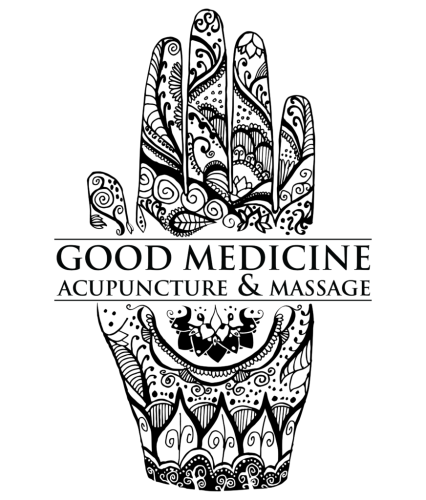Usually, when I walk into my Thai Medicine teacher’s house for class, the first thing that arouses my senses is the smell of herbs. Herbal compresses steaming, ready for use softening through layers of bound up tissue; jars upon jars of dried herbs on shelves around the room, ready to be made into infusions, salves, balms, liniments, poultices and applied to the body in need. Thai traditional medicine is herbal medicine. Lining the walls that aren’t lined with herb jars are shelves holding textbooks. Most are written in Thai or the ancient language of Pali. Most have not been translated into English. My teacher’s teacher is a Reusi, a Buddhist ascetic who is responsible for studying, preserving, and passing down the natural sciences. He passes this knowledge down to his students who study it, practice it, and preserve it correctly. His teachers in Northern Thailand are monks, spirit doctors, massage doctors. Thai traditional medicine is knowledge of the sciences.
Covering the floor are mats, pillows, and blankets. This is where we do bodywork. Thai traditional massage that we know today is most likely descended from the system of self-care, joint mobilization, self-massage, point release, breath work, and meditation that the ancient Reusis of Northern Thailand practiced. In the system of bodywork we practice now, we move slowly through the layers of the body. Skin, muscle, Sen (physical pathways of movement in the body- tendons, ligaments, nerves, blood vessels), bones, organs. Warming each one up, moving on to the next when it allows us in. Thai massage is both deeply relaxing and deeply therapeutic.
Traditionally, one only went to a massage doctor in Thailand when there was an issue– my digestion is off, I’m insomnic, this part of my body is aching. Thai massage is treatment oriented. That treatment can be to calm someone’s racing mind, to fix the ache in their neck, or low back and hips, to show some self-care habits, or assess and treat with herbs. Thai traditional medicine is rooted in Thai element theory. It guides the way we assess, the way we treat the body, the way we consider the individual as a whole, and work from there.
For the physical massage, Thai massage frees the winds of the body. The winds- the gross and subtle movement throughout the body. Where there is movement, there is no pain; where there is no movement, there is pain in the body. Thai massage works with deep compressions, dynamic movements of the limbs, point release and breathwork, range of motion, traction, and more, to work through the layers of the body and release that which is stuck. Loose fitting clothing allows us access to the skin to do Thai scraping or Thai fire cupping where and only if necessary to release heat and constriction from the tissues. Loose fitting clothing also allows us to move the body around comfortably, apply balms and liniments if necessary, all with the goal of creating movement in the body where there is none and fixing problem areas. Thai traditional massage is applied element theory.
Because of the vast range of techniques, tools and knowledge that are encompassed in Thai traditional massage, it is safe and can be adapted for every body. We do in-depth verbal intakes before the massage starts to get an idea of what is going on with the body as a whole, how the particular issue or problem area fits in, and what will be the best approach for healing the body and mind. We could have a physically intense session of unwinding bound up tissues, or we could have a more soothing session of bringing awareness to the body and encouraging it to release, or somewhere in between. Our bodies innately know how to move in and out of balance. It is my job as a Thai traditional medicine practitioner to nudge it in the direction of healing, to provide the body the space to find that balance.

Recent Comments